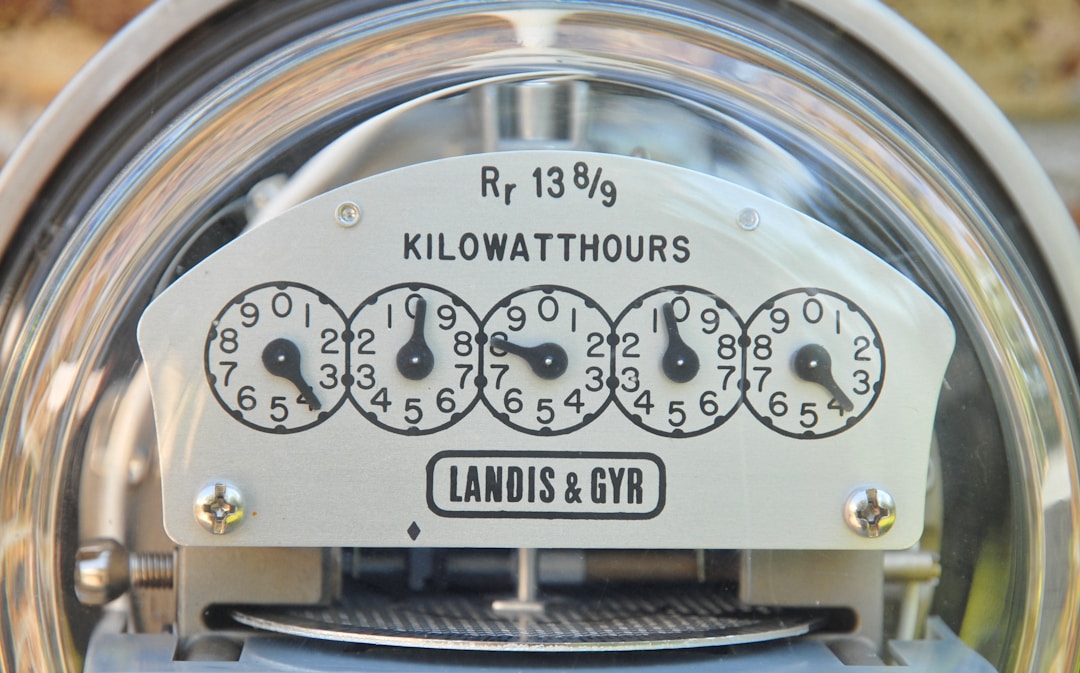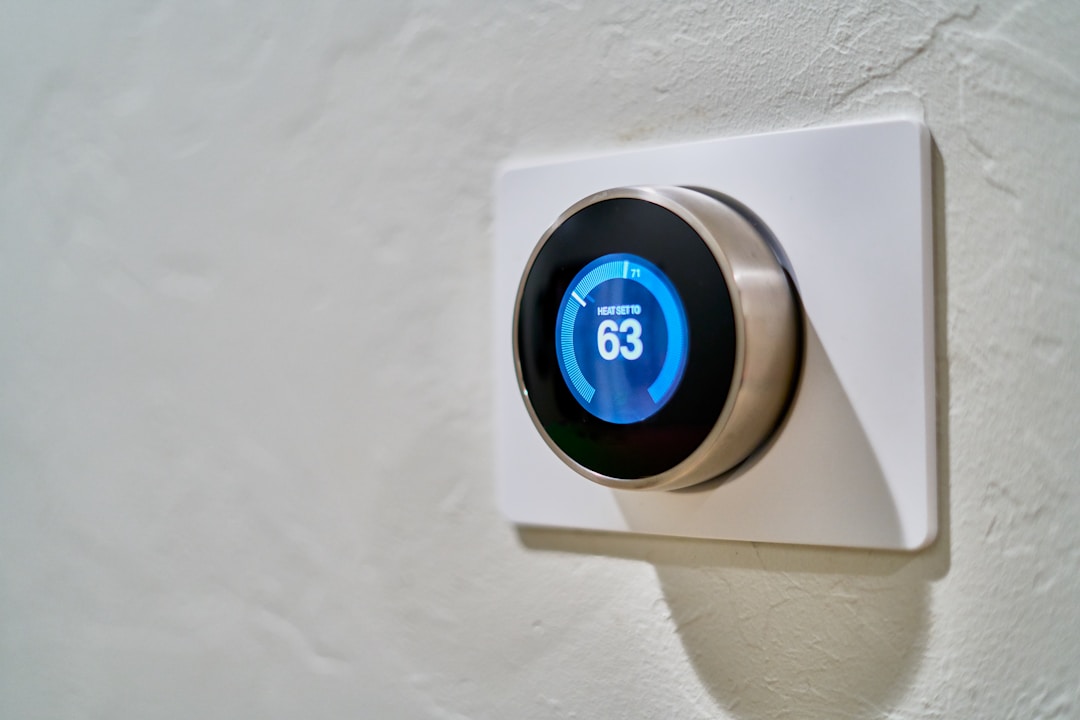How Do You Know If Your Furnace Is in Prime Condition?
Depending on where you live, the winter season can bring sleet, snow, and below-freezing temperatures. As the workhorse behind the comfort of your home, your furnace combats winter weather to deliver warm air to your home all season long. Typically, most homeowners don’t pay much attention to their HVAC systems other than changing air filters and turning the system on. Usually, unless something goes wrong, there isn’t much to do. However, a cold winter night is a bad time to discover that your furnace isn’t working.
On average furnace, equipment should last around 20 years. With maintenance and care, you may be able to prolong the life of your unit. However, as your furnace ages, it will become less efficient, and you may notice some small problems. Most homeowners want to use their system as long as possible and want to make sure that it can perform correctly. However, aside from major smells, sounds, and malfunctions, knowing if your furnace is working correctly can sometimes be difficult.
So, how do you know if your furnace is in prime condition? Things such as your energy bills and indoor temperatures can give you a pretty good idea about the health of your furnace. Aside from this, an HVAC technician can help you better understand the condition of your equipment. Let’s take a look at some things to help you gauge the health of your unit.
Regular Maintenance

One of the best ways to ensure that your furnace is working correctly is to have it checked out by a professional HVAC technician. Manufacturers and HVAC professionals agree that homeowners should have routine maintenance performed on their furnaces every fall. As a result of normal wear and tear, your furnace could experience minor issues such as small cracks, leaks, and worn equipment.
Regular maintenance will ensure that these issues are addressed and that your furnace is in good working order. Additionally, routine maintenance will also ensure that your equipment is efficient and safe. Regular service will give you peace of mind that your furnace will provide reliable comfort all winter long.
Energy Bills

If you are in between regular maintenance on your furnace, a good indicator of the health of your equipment is your energy bill. During the winter, your furnace can account for as much as half of your monthly winter costs. Your energy bills will typically fluctuate with the changing seasons and the demands on your HVAC system. If you notice unusually high utility bills during the winter, it could mean that something is wrong with your furnace.
From dirty air filters to leaky ductwork, there are several reasons why your energy costs might increase as your furnace works to provide heat. However, once you troubleshoot basic problems, it will be best to have a technician check your equipment out and offer solutions for sudden energy spikes.
Indoor Temperatures

Inconsistent indoor temperatures during the winter are a good indicator that something is going wrong with your furnace. If you notice spots that are too cold, it could mean that your furnace has inefficiencies or lacks the ability to heat your home evenly. Inconsistent temperatures could also be the result of numerous things, and you’ll want to be sure that you are changing air filters regularly.
Aside from this, however, there could be a problem with the blower, burner, or other components. If you suspect that your inconsistent temperatures result from a malfunctioning furnace, you should have an HVAC technician troubleshoot your equipment.
When winter weather arrives, you’ll want to be confident that your furnace is in good working order. System failures during the winter can leave you with headaches and costly repairs. Maintaining a regular service schedule and paying attention to your energy bills and indoor temperatures will help ensure that your furnace is in prime condition.
